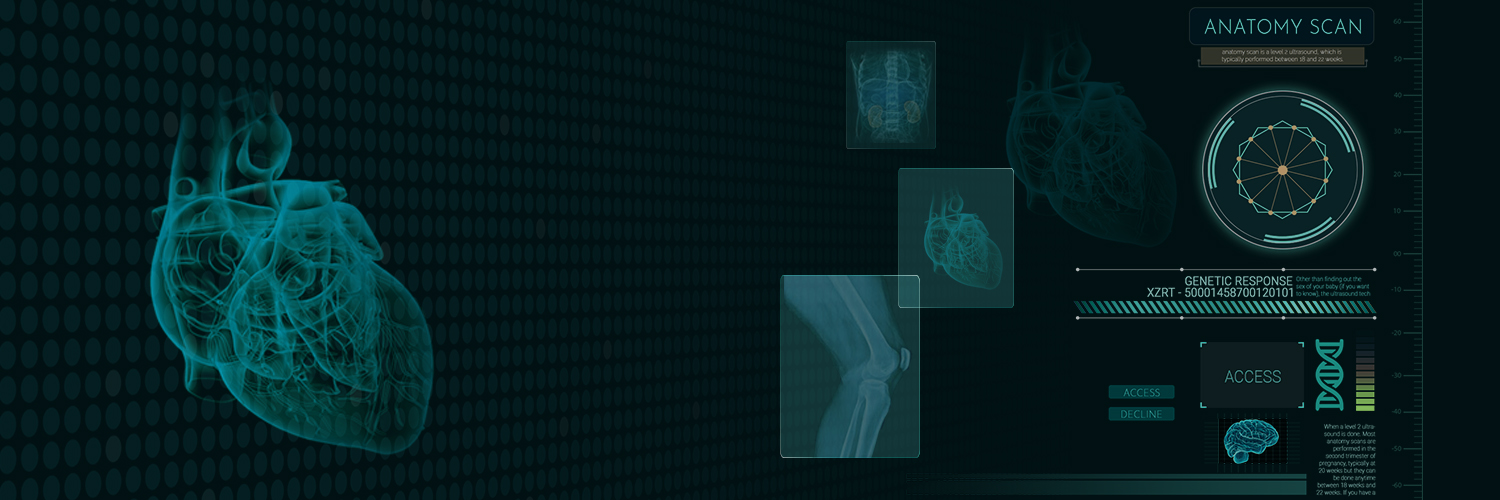
INHERITANCE
When one individual bacterium divides producing two bacteria which again divides producing four individual bacteria. The newly generated individuals would be very much similar to each other except for minor differences between them caused due to small errors in DNA copying. This is true for asexual reproduction.
Inheritance works differently for sexual and asexual reproduction. Inheritance from the past generation provides both essential body requirements and complex changes in it for their next generation. When the next generation reproduces there may be differences received from their past generation, along with a newly created difference in asexual reproduction.
Greater difference are produced in case of sexual reproduction, but only some among them have similar possibilities of surviving in the environment which mainly depend on the nature of variations or evolution.
Different individuals have different kinds of advantages like the Drosophila which has strong resistance to heat and persist better even in a heat wave. Selection of variants in this case, is by environmental factors that determines the source for the evolutionary process. But several obvious consequences of the reproductive process remains with the generation of individuals. Traits and characteristics are determined by whether the similar pattern and the rules of heredity are reliably inherited.
VARIATION
Variation is the differences in the characters (or traits) among the individuals of a species. For example, human height is a trait which shows variation. Humans vary in their heights. Some people are very tall, whereas others are very short.
ACCUMULATION OF VARIATIONS
The significance of a variation shows up only if it continues to be inherited by the offspring for several generations. The great advantage of variation to a species is that it increases the chance of its survival in a changing environment.
CHROMOSOMES
They are thread-like structure in the nucleus of a cell formed of DNA. Chromosomes carry the genes.
GENE
A gene is a unit of DNA on a chromosome. Gene governs the synthesis of one protein that control a specific characteristic (or traits) of an organism. Genes are units of heredity which transfer characteristics (or traits) from parents to their offsprings during reproduction.
DOMINANT GENE
The gene which decides the appearance of an organism even in the presence of an alternative gene. It is denoted by capital letter. For example tallness of a pea plant is denoted by T.
RECESSIVE GENE
The gene which can decide the appearance of an organism only in the presence of another identical gene. It is denoted by small alphabet. For example, dwarfness in apea plant is denoted by ‘t’.
PHENOTYPE
Phenotype is the characteristic (or traits) which is visible in an organism.